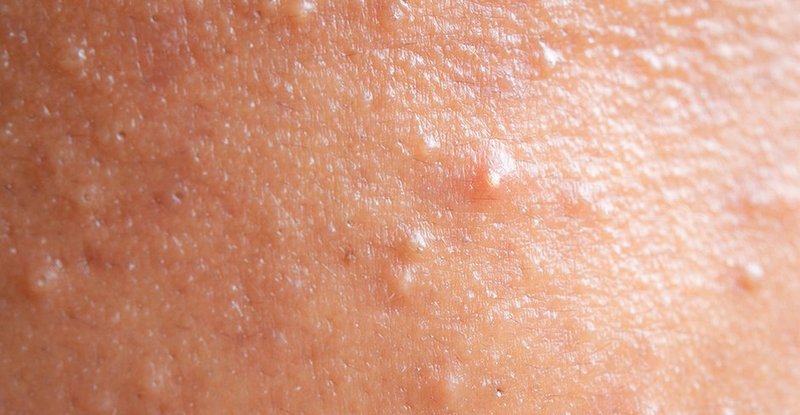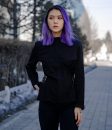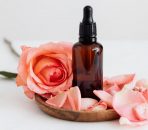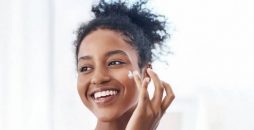Fungal acne normally affects your skin’s hair follicles, and it is a type of infection that appears like a small pimple. The shape and size do not vary much, and you will feel a tingly itch. If you have fungal acne, you might experience irritations and whiteheads. Many people usually confuse fungal acne with acne vulgaris. The two are very different and caused by different conditions. You cannot treat both with the same treatment.
Using the normal anti-acne treatments on fungal acne may make things even worse for you. That is the reason why you need to know what fungal acne looks like to treat it. Knowing how fungal acne develops and its symptoms will help you treat it easily. Let us look at how fungal acne looks like and how to prevent it.
What Causes Fungal Acne?
Fungal acne is not necessarily caused by oil or bacteria in pores even though oil and sebum play a big role in feeding the bacteria that cause fungal acne. Fungal acne is more of a misnomer. Overgrowth of yeast is what causes the pimple bump, and it is usually associated with irritations. Yeast is a type of fungus and that is the reason why it is called fungal acne. The yeast that causes fungal acne is always found on your skin. Your body is always able to balance yeast, fungi, and bacteria found in your skin.
Signs and Symptoms of Fungal Acne
Most people who have fungal acne do not actually know the difference because they mistake it with acne vulgaris. So, they end up treating it with regular acne skin treatments which should not be the case. Fungal acne tends to appear on the chest, back, and arms. Sometimes it can show up on your face and you can confuse it with bacterial acne. Fungal acne will often cause itchiness and they normally appear in clusters of tiny whiteheads.

What Does Fungal Acne Look Like
Fungal acne tends to show up because of yeast growth so most people may experience yeast-related conditions. You may start to experience dandruff and psoriasis so you will easily know if your breakout is from yeast or any other condition. Fungal acne is pus-filled, and they are of the same size as bacterial acne. Bacterial acne can cause whiteheads and pimples of different sizes.
How to Treat Fungal Acne
To properly treat fungal acne, you need to balance the yeast and bacteria on your skin. You can start by showering regularly if you are the kind of person who loves workouts. Change clothes after every gym session and take a shower immediately as this will help wash away excess yeast from your body. Avoid wearing tight clothes and opt for looser clothes. You can also use dandruff shampoos made of selenium and pyrithione zinc.
Summary
As we have seen, fungal acne is normally caused by an overgrowth of yeast and it is a type of infection found in hair follicles. Fungal acne should never be treated using normal anti-acne treatments. Make sure you know the exact type of acne you have before treating it.







